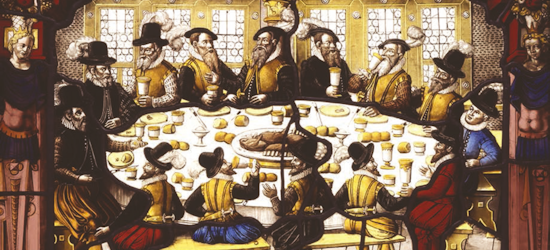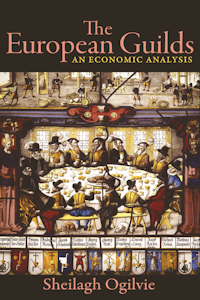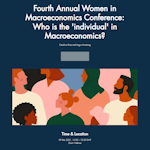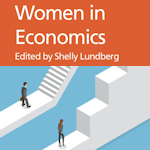
Sheilagh Ogilvie is Professor of Economic History in the Faculty of Economics, University of Cambridge. Her research centres on the long-term development of the European economy between c. 1000 and c. 1900, with a special focus on the role of institutions.
At the Faculty Research Seminar for Michaelmas Term 2018, Sheilagh presented the arguments of her new book, The European Guilds: An Economic Analysis, which will be published by Princeton University Press in January 2019. In this book, Sheilagh tackles a central question in economics: what institutions are good or bad for long-term economic growth? Institutions – the social and political ‘rules of the game’ – are now widely viewed as central to economic growth. But what kind of institution makes an economy work better, and what kind just benefits special-interest groups? Guilds – associations formed by men who practised the same occupation – are one of the most widespread and long-lived economic institutions in history. They ruled most crafts and trades in Europe from antiquity to the late nineteenth century, and have always attracted debate and controversy. They have sometimes been viewed as efficient institutions that solved market failures. But they also excluded competitors and blocked innovations. Did the benefits of guilds outweigh their costs?
In her book, Sheilagh uses economic reasoning and a large database of findings on European guilds to answer that question. She begins by laying out the theoretical arguments about how guilds could have affected different aspects of the economy – by lobbying governments, limiting entry, manipulating markets, restricting women, supervising quality, regulating training, and controlling innovation. She then tests these theories using a database of over 17,000 observations of guilds in 23 European economies from 1000 to 1880. Guilds sometimes provided important services, she finds, but they also limited entry and manipulated markets to benefit their members. They regulated quality but prevented poor consumers from buying goods cheaply. They fostered work skills but denied apprenticeships to outsiders. They transmitted useful techniques but blocked innovations that posed a threat. Across Europe, powerful guilds were associated with economic stagnation: between 1400 and 1900, per capita GDP grew more slowly in economies where guilds were strong than where guilds were more liberal.
So why were these institutions so widespread? Guilds existed in so many societies for so many centuries not because they served the common good but because they benefited two powerful groups – guild members and political elites. Political variation explains why this collaboration was stronger in some European societies and weaker in others. By securing political support, closely knit social networks such as guilds can use their “social capital” to distort the market and corrupt the state. Understanding these historical mechanisms, Sheilagh argues, can help shape policies to mitigate bad institutions in modern developing economies.
The European Guilds: An Economic Analysis
Sheilagh Ogilvie
Princeton University Press
Published: January 2019







